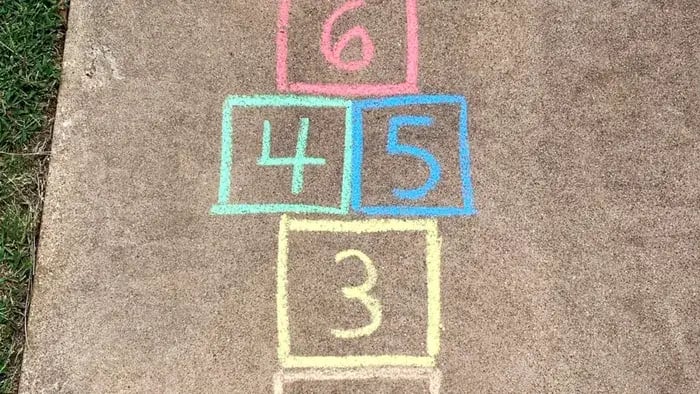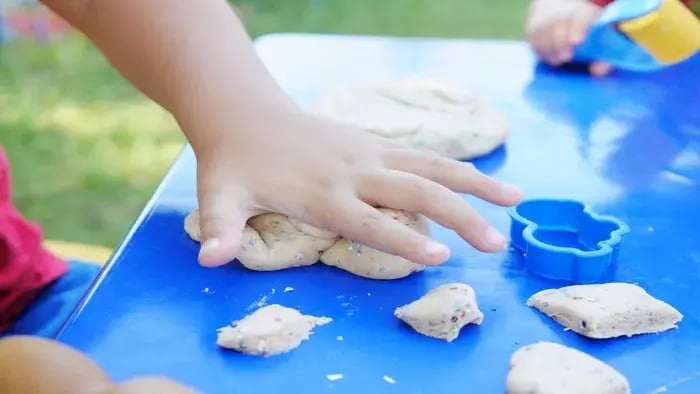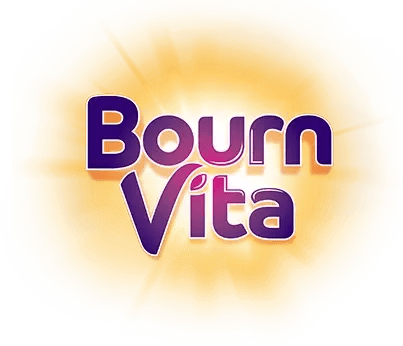- Playing Hopscotch
- Jumping On A Trampoline
- Sensory Play
- Riding A Bicycle
- Dancing
- Doing An Obstacle Course
- Practicing Martial Arts
Introduction
Motor skills are essential abilities that help a child perform everyday tasks, such as picking up objects, walking, running, writing, and many more. As children grow up, they may develop enhanced motor skills that enable them to perform even more complex tasks that require the engagement of multiple body parts. Although kids may develop these motor skills independently with age, it's important to indulge them in stimulating activities that can improve their performance and ability to perform these tasks.
As per children published in 2021, different types of activities can help in the development of these motor skills and make a child have precise bodily movements. Moreover, doing these activities regularly contributes to better physical and mental health.
7 Motor Skill Activities That Can Help Preschoolers
While each child may have a different pace of growth and development, there are many activities that parents can encourage their child to do to support this process. Here is a list of some fun activities that may also enhance your child's motor skills.
Playing Hopscotch

Hopscotch is a game that has been played for a long time in India and other parts of the world. A Hopscotch board is generally drawn on a flat surface. It consists of various blocks with different numbers written in each block. The child has to continuously jump, hop, and maintain their body weight so that they do not fall out of the hopscotch margin that is created with chalk. It may also teach a child how to effectively use their body parts to achieve an objective while avoiding injury.
Jumping On A Trampoline
Jumping on a trampoline is another activity that can help your child develop a sense of balancing their body weight. You can buy a big outdoor trampoline for your child or get an indoor trampoline installed in your house. Initially, you may help your child make small jumps and understand how a trampoline works. You may even hold their hands to ensure they do not injure themselves. Slowly, you may assist them in making larger jumps. However, it's important to always let your child play on a trampoline and under adult supervision.
Sensory Play

Sensory play, such as playing with clay, playing with water, or using sponge balls, is a great way of developing motor skills in your child. While doing these activities, your child will learn how to differentiate between various textures and materials. Moreover, they may also learn how to form a grip, hold objects properly so that they don't fall, and use their fingers to perform distinct tasks. Sensory play, like a learning-by-doing method, may also improve your child's retention.
Riding A Bicycle
Learning how to ride a bicycle is one of the fun memories for many adults. It's not just important for your child to help them get a sense of facing traffic and becoming independent, but also to refine their motor skills. Some kids may struggle while balancing their bicycles and may take longer than others to ride them without falling. During this time, parents can help the child understand how to use their body weight to keep the bicycle moving. Other than balancing their weight, your child will also learn how to simultaneously pedal to keep the cycle moving forward.
Dancing
Dancing is a fun way to get your child moving and use their body parts to get in rhythm with the musical beats. It may help them get better control over their legs, arms, and core body. Moreover, it helps your child become more flexible and ease their muscles as well. While some children are naturally gifted dancers, others may struggle to understand how to execute specific dance movements. It's important to give your child some time and let them enjoy the process so that they continue doing it for their improvement.
Doing An Obstacle Course
A fun obstacle course may consist of various challenges that are brought together to check your child's spatial and mental awareness. You can make such a course at home, using pillows, common furniture, blankets, and carpets. It may allow your child to jump, crawl, run, and balance their body weight to get to the finishing line. It is truly a wonderful experience and may also be a lot of fun.
Practicing Martial Arts
Martial arts include judo, taekwondo, karate, and more. Martial arts include regular and rigorous training of body parts to enhance a child's strength. It may help a child defend themselves during a challenging circumstance and get out safely. Moreover, it may also develop a sense of 15 and make a child devote at least 60 to 90 minutes every day to some form of physical exercise.
Conclusion

To promote your child's motor skill development, you can encourage any of these activities. However, continuous practice is extremely important to see some visible differences. Other than keeping your child engaged for hours, it may also help in developing some practical life skills.
Pakhi writes with the belief that dessert isn’t just a dish—it’s a mood. Her work blends storytelling with tips, turning timeless treats and trendy bites into accessible moments of comfort, celebration, and creative expression.
The views expressed are that of the expert alone.
The information provided in this content is for informational purposes only and should not be considered a substitute for professional medical advice, diagnosis, or treatment. Always seek the advice of your physician or another qualified healthcare provider before making any significant changes to your diet, exercise, or medication routines.
















